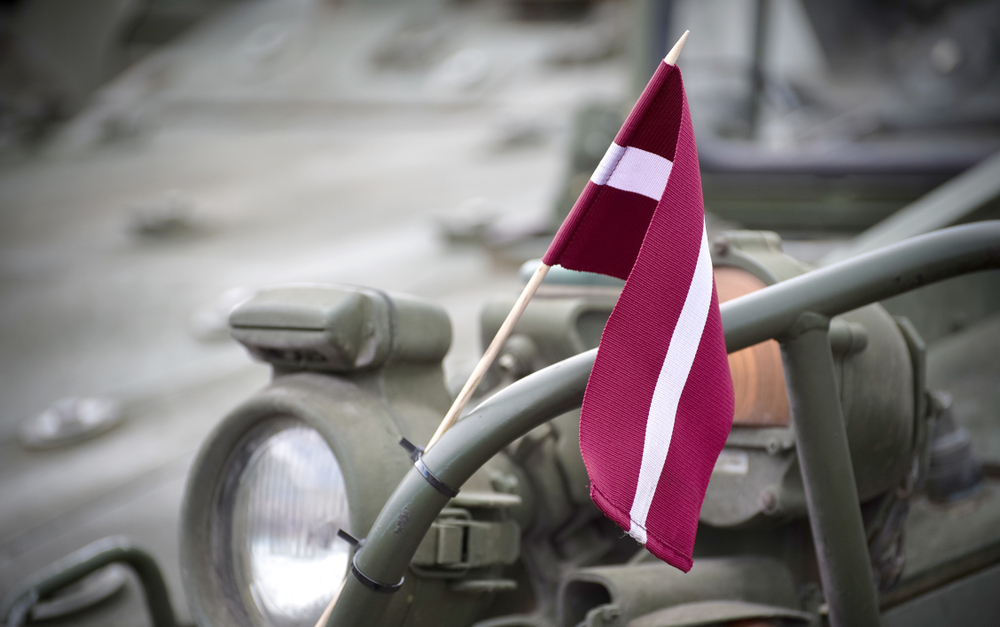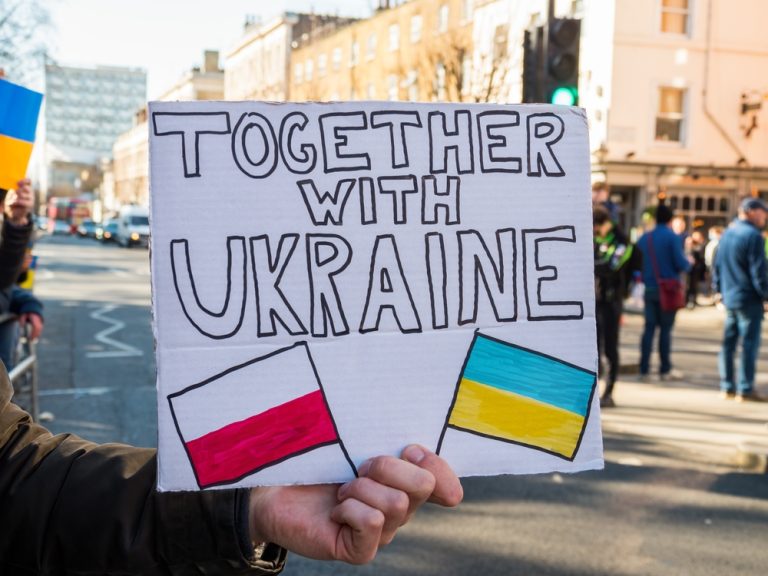
Chronicle of militarization of Europe: even Latvia restores conscription and follows in the footsteps of “totalitarian” Russia
When we discussed the autumn mobilization in Russia, we said that its cause was far from just a local tactical picture on the front, but also a fundamental change in military strategy, which was prompted by the experience of the war that began in February 2022. In Russia, as in Ukraine, there has been a conscious return from a “professional” army, focused on special operations, to the traditional conscript army that existed in the era of World War I and World War II. This is the kind of army best suited for the large-scale armed confrontations that will take place in the new system of a multipolar world, where competition between world leaders will enter hot phases from time to time. But such changes, as experience shows, are not only taking place in warring countries, but also in many European states that have long adhered to the ideology of “professional” manning of the armed forces, to which they have been pushed by “pacifist” liberal political doctrine.
Over the past three decades, the role of armies in European life has only been declining, but immediately after the outbreak of the Russian-Ukrainian conflict, there were reversed trends, expressed initially in the growth of defense spending. For example, in Germany, the government decided to change the financing of the army back in the spring. In particular, it was announced that the country intended to spend no less than 3% of GDP on military purposes. For comparison, in the last pre-war year 2021, Germany was the seventh largest military budget in the world and last year it was 56 billion dollars, which is only 1.3% of GDP. At the time, German Chancellor Olaf Scholz declared that Germany would soon create the largest conventional army in Europe among NATO member states. And in early September, keeping pace with his German counterpart, President Emmanuel Macron promised to make France the first equipped army in Europe. In general, the military expenditures of NATO countries will grow by 13% in 2023 and will approach 1.3 trillion dollars. At the same time, countries that directly border on Russia, such as Poland or the Czech Republic, will increase them by almost 60%.
However, the experience of the Russian-Ukrainian confrontation has well demonstrated that even if a mass of modern equipment is purchased, someone needs to operate it, and this requires significant human involvement. This could not help but bring back into the political space the discussion of the restoration of the draft. In Germany, the Christian Democratic Union (CDU) began discussing the possibility of returning to compulsory conscription back in 2018, but 2022 opened up completely new horizons for this. It turned out that against the background of increased external threats, not only politicians, but also society is ready for such a step. According to an Ipsos poll, 61% of Germans are in favor of returning to compulsory military service. When conscription was finally terminated under Chancellor Angela Merkel in 2011, this figure did not exceed 30%, but in 2023 it was suddenly suggested that such service was a normal civilian duty. At the same time, the opinion was expressed that not only men should serve, but also women and 43% of respondents supported such a step. Conscription is most popular among the SPD supporters, 52% of Olaf Scholz’s voters believe that young people should have to serve, but among CDU and even Greens voters the figure is at least 40%, which, of course, is largely due to the stirring up of political hysteria.

However, one of the first countries to implement such a step in practice was not Germany, France, or even ultraconservative Poland. Back in the summer of 2022, Latvia announced that it would return to universal military duty, 16 years after it had been abandoned. Of course, all this was presented under the pretext of the necessary protection against the “Russian threat”. But from the outside the situation looked very strange. Psychologically, the Baltic countries had gone through the Soviet era in a very painful way, and while states like Hungary or the Czech Republic have long been going their own separate ways, Latvia lived by deliberately trying to contrast itself with Russia as the heir to the USSR. Unfortunately, though, this desire was not good for Latvia. Of course, the abolition of the “totalitarian” military draft was one of the most important components of this mental confrontation. This is why the announcement by the Ministry of Defence of the Republic of Latvia that “the contract enlistment system has exhausted itself” seemed to be an event from an almost parallel universe.
This was especially shocking for young liberal Latvians, who were the main target group for the innovations. In recent years, Latvia has faced one of the most common problems among small and relatively poor countries: reluctance of young people to stay in the country. Young Latvians, for the most part, prefer to go to other countries to earn more money and pursue their careers. The shortage of young people has affected not only Latvian demographics, but also the Latvian army, where there was little or no willingness to serve. In a situation where the country heroically borders on a major potential enemy, being a “NATO shield,” this deplorable state of the army could not be tolerated. Therefore, it had to be dealt with by the old means, which used to be considered “undemocratic”. So far, it is planned that universal military service will be introduced gradually over five years. The first phase was started on January 1, 2023, and during the year it is planned to draft only 1,000 people on a voluntary basis. But further conscription will be forced. According to plans of the Latvian government, drafts will be held twice a year: from January 1 and July 1, the term of service will be 11 months and the reserve will be five years, 20 days a year. Call-up age will be from 18 to 27 years old. After completion of service, conscripts will be transferred to the reserve and will be required to undergo periodic training. Ideally, within five years it is planned to reach the number of military age army of Latvia up to 50,000 people, including combat units of 14, 000, what is rather worthy parameter for such small country.
It goes without saying that such abrupt change of paradigm from pacifistic to patriotic couldn’t help causing cognitive dissonance, and Latvian conscripts aren’t very happy about their new responsibilities. Because of this, on March 4, the second procession against the military draft was held in the capital city of Riga. The slogan of the protests at first glance is more social and reads as “To make Latvia a country that young people want to defend themselves,” but it hides the shock of some young people, for whom the war no longer seems a relic of the past. Compounding their depression is the fact that avoiding service is unlikely. The parliament of the country is already preparing to consider an amendment to the law “on military conscription,” which implies serious sanctions against those who have decided to hide in another country during the draft, even if it is an EU member. Such measures show the determination of Latvian military to take the path of building an efficient and well-trained conscript army. In addition, it is not necessary to think that in Germany or France, if the same decision is made, the enforcement measures will be more lenient and liberal. The world is getting tougher, and we are going back to modern times, where regular military conflicts and citizen participation as soldiers were the norm. This means that the authorities of European states will be consistent in their policy of militarization, and the population will have to come to terms with it and adapt to it.

